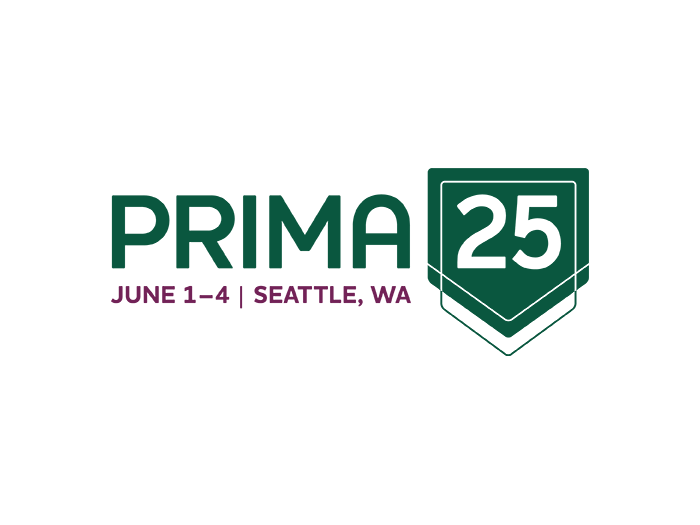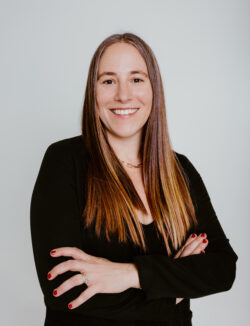Looking to Build and Grow Your Ergonomics Program? Don’t Miss This National Ergo Conference Session

Ergonomics is not solely a means of preventing injuries in the workplace, and companies that implement successful ergonomics programs integrate them holistically, with a view toward sustainability.
As part of the National Ergonomics Conference and ErgoExpo’s ongoing digital series, a double session on February 10 will delve into the practical realities of planning, establishing and maintaining ergonomics processes that deliver the most benefits for users and the greatest ROI for C-suites.
Building an Effective Ergonomic Program
In the first session, “Essential Elements for an Effective Ergonomics Program,” Dr. Peter Budnick, founder and president of ErgoWeb, will zero in on the five major elements a successful and sustainable ergonomics program must include.
Topics he will cover include clear processes for reducing risk in ongoing operations and for ensuring ergonomics acceptability of new tools and equipment, and strategies for consistently engaging workers to identify issues and remedies on an ongoing basis.
“What I see going on with a lot of organizations is that ergonomics is an afterthought, and it’s not necessarily recognized for the real values it can provide,” Budnick said.
“So many organizations come to ergonomics in a reactive mode because of compliance requirements, but they might be missing out on efficiency improvements and other opportunities. Ergonomics is not just something you have to do because you want to be nice and not injure people. It’s something you have to do to be an effective, sustainable organization in the long run.”
Not only does a well-managed ergonomics program reduce injury and risk, but it also improves production metrics and optimizes processes; ramps up productivity; and can even have positive outcomes for marketing, company reputation and recruiting.
Communicating this value is critical in getting internal stakeholder buy-in from across functional areas and management tiers and helps determine appropriate roles and responsibilities for anyone involved with the ergonomics program.
“There’s always going to be the human side to this — we’re trying to do the right thing for people, because that’s just the right thing to do,” Budnick said.
“But to play effectively within the organization, we have to team up with others and build it into the common vision for the organization.”
Another topic Budnick will cover is continuous improvement initiatives, such as lean production or Six Sigma.
“It’s an incremental approach,” Budnick said. “You take a little step, then check and document it to make sure that it’s achieved the goal, then look to your next step. You slowly but surely grow the system and include an ability to prove value over time, measuring real outcomes in risk control and process improvement.”
Budnick said he hopes people come away from his session with a broader perspective about ergonomics programs and the opportunities they create for tackling other business challenges.
Preparing Your Program for the Future
The second session, “Planning and Deploying a Large-Scale Ergonomics Process: Year-by-Year,” looks ahead to how an organization can create a program with the future in mind.
Speaker Jeff Sanford, CPE and director of ergonomics consulting at Velocity EHS/Humantech, will provide the long view with a roadmap that helps organizations navigate the first five years of their program.
“This is one of my favorite presentations to give, because it’s a world-class ergonomics course with a very structured view and real, specific suggestions for rollout,” Sanford said.
Sanford believes that most people have a good idea of what they should be doing — reducing risk and injuries by implementing ergonomics processes — but lack the ability to implement a large-scale program and keep it going through the unforeseeable changes any organization will encounter over time.
Such changes could include shift in the business climate and company priorities or catastrophic global events such as COVID-19.
“There will always be challenges for every health and safety manager, and right now, obviously, COVID is a big one — they have many priorities, and to fully engage with the ergonomics process can be difficult given that they are tasked with so many other responsibilities,” Sanford said.
“Another challenge we see is a lack of experience with ergonomics. The key is to not simply skip over this process — to manage it and do it right versus just doing it in a careless way to check the box.”
Drawing from real-life case studies and data from successful programs, Sanford will outline the pathway from goal setting and implementation to expanding, sustaining and enhancing a large-scale ergonomics program.
“What I tell people is that you don’t have to do it all at once,” he said.
“You don’t have to have all the jobs assessed at kickoff. It will certainly take time to properly prepare for an ergonomics program and you will crash and burn if you don’t pace yourself accordingly.”
For each of the five years, Sanford will drill down into actionable steps, including assessments and adjustments to keep the program relevant and on track.
He will talk about the importance of “democratizing the process” and getting everyone in the workplace involved so that there is widespread support for the plan going forward.
If a company is doing it right, the plan should resonate with everyone involved — not just the health and safety manager. Employee engagement throughout the process pays its own dividends, he said, in addition to worker safety and associated cost savings.
“Once you make a change to a workstation, you have likely saved at least one injury, if not multiple injuries — that’s all quantifiable on the injury cost side,” he said.
“But when you talk about employee engagement, it’s a win-win.” &










